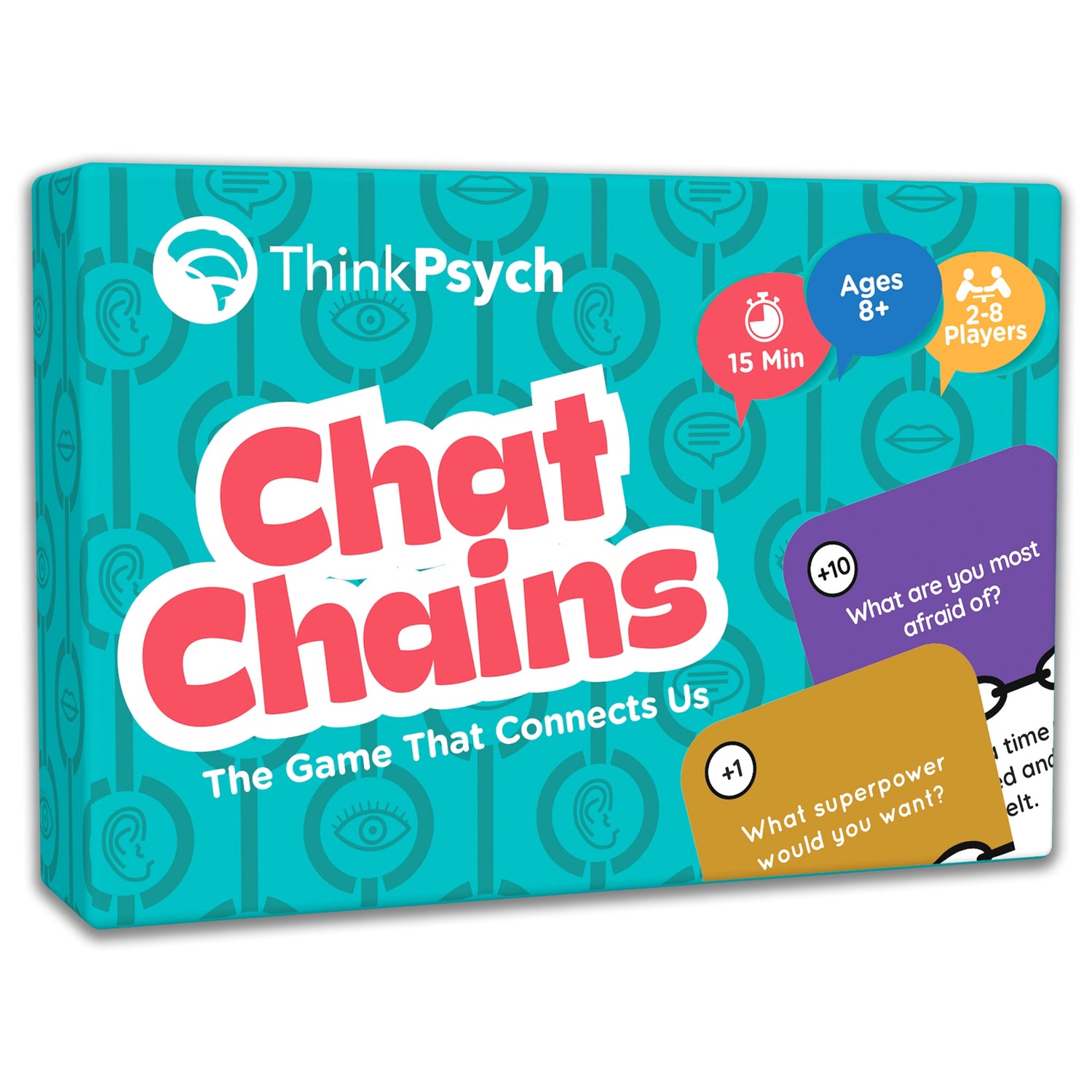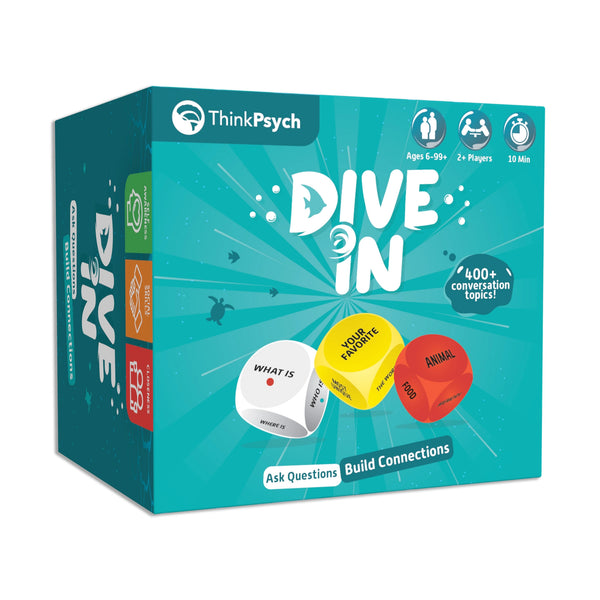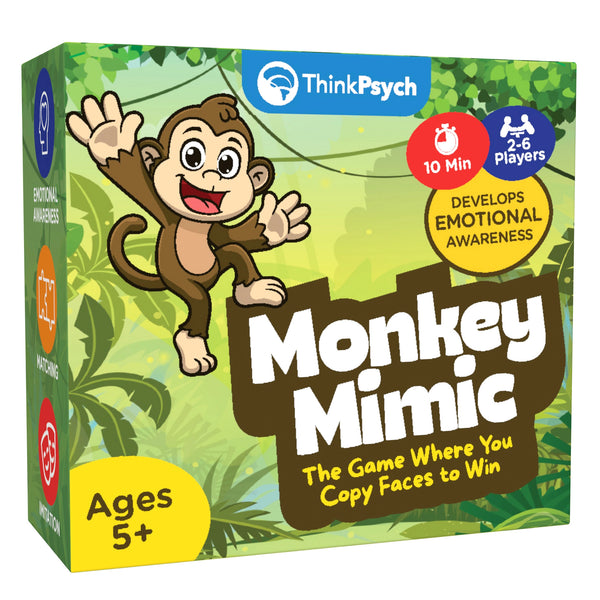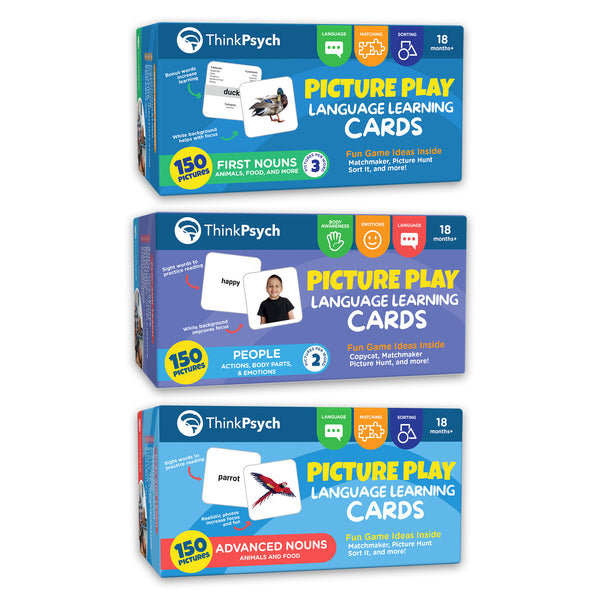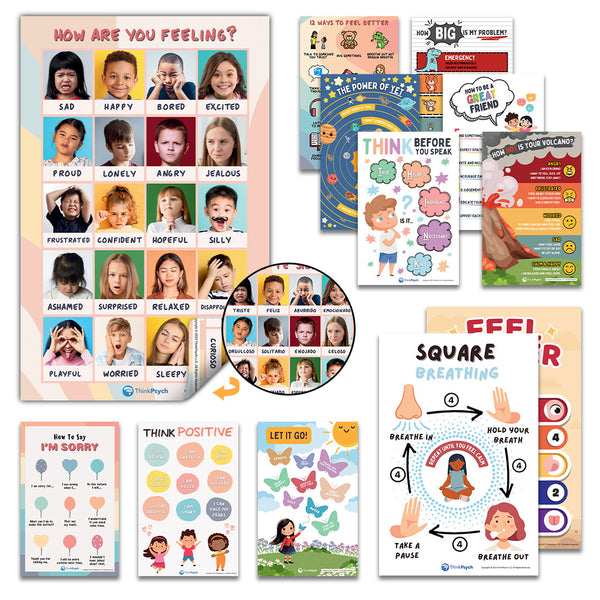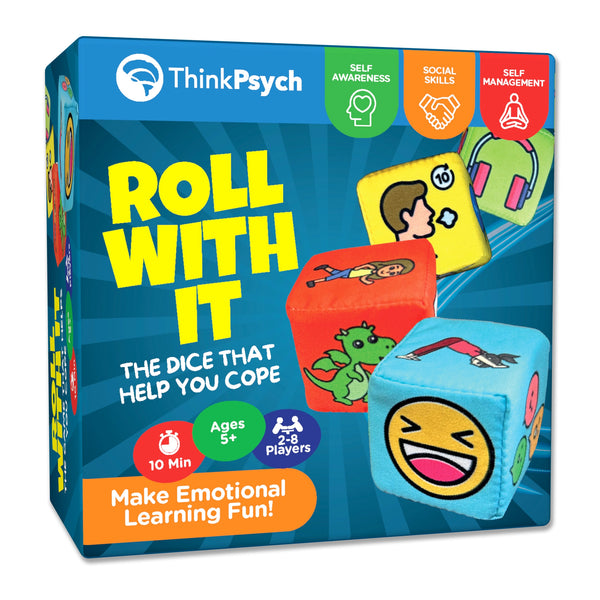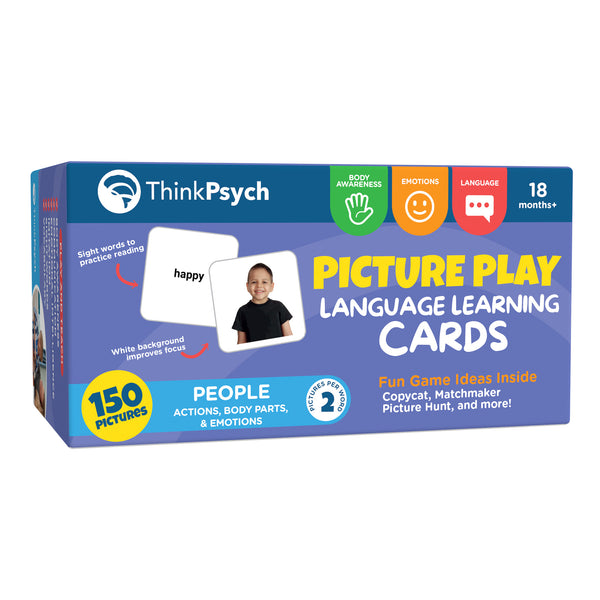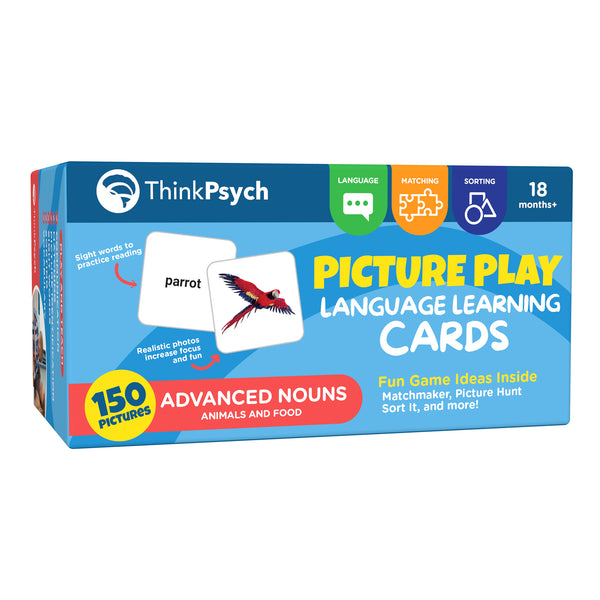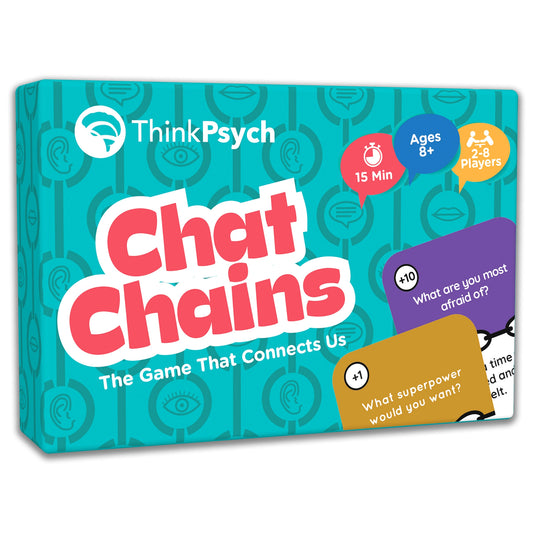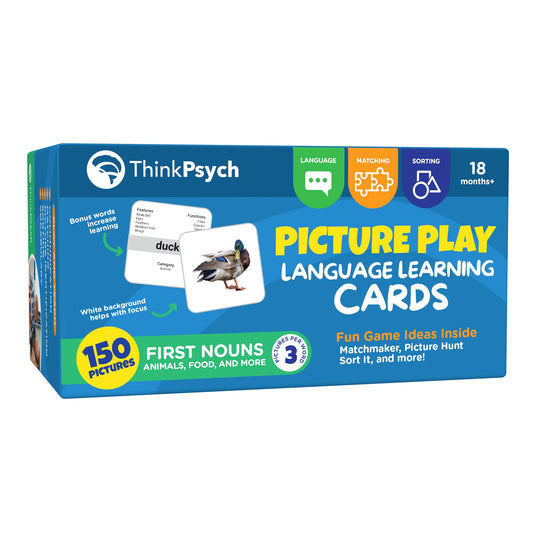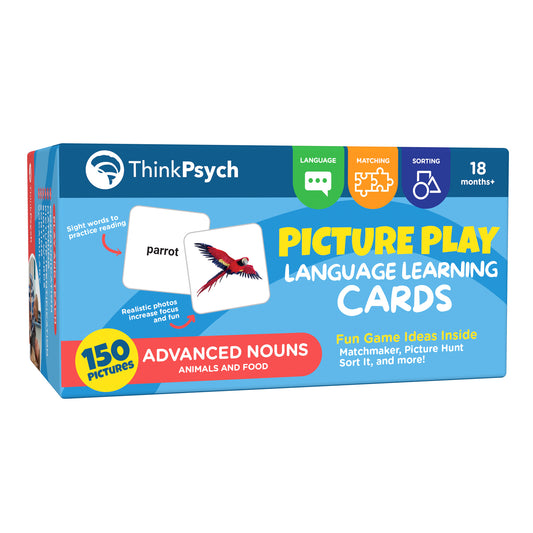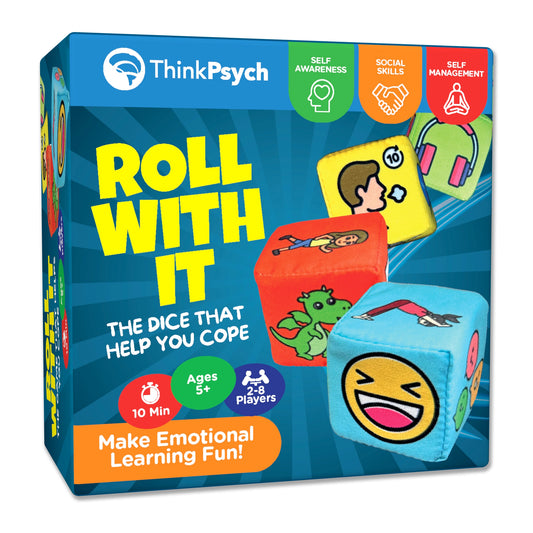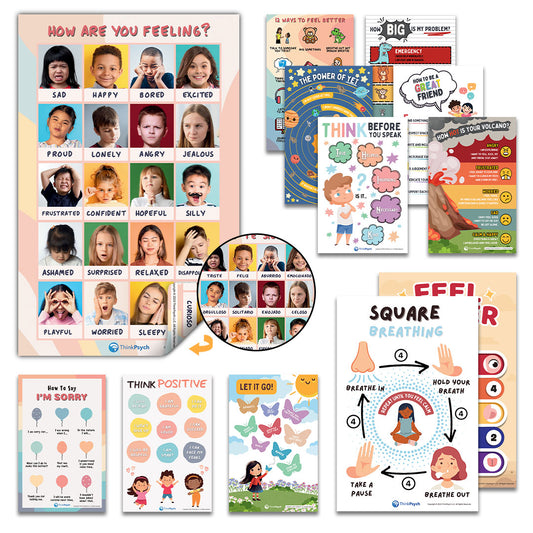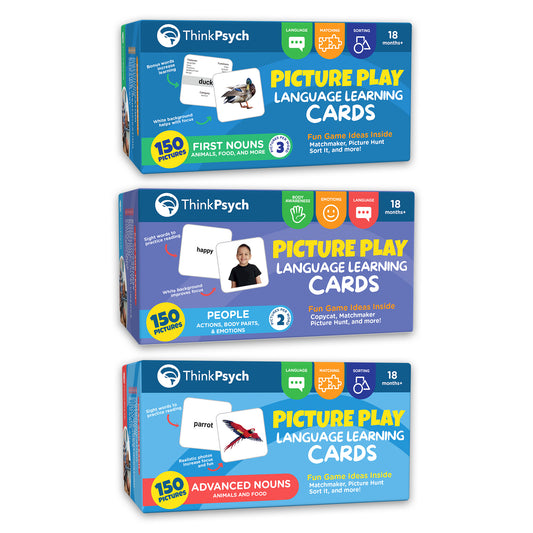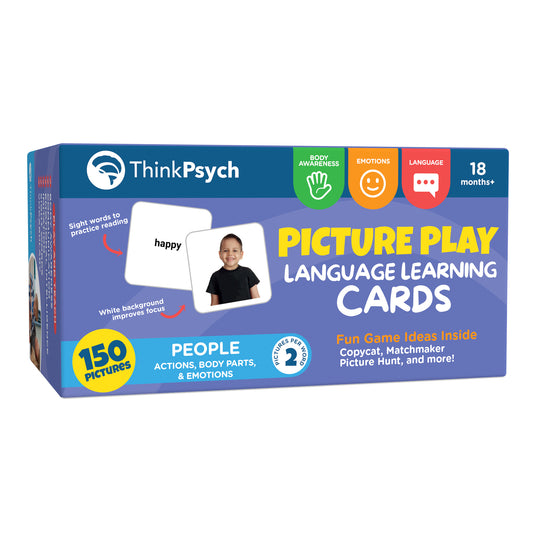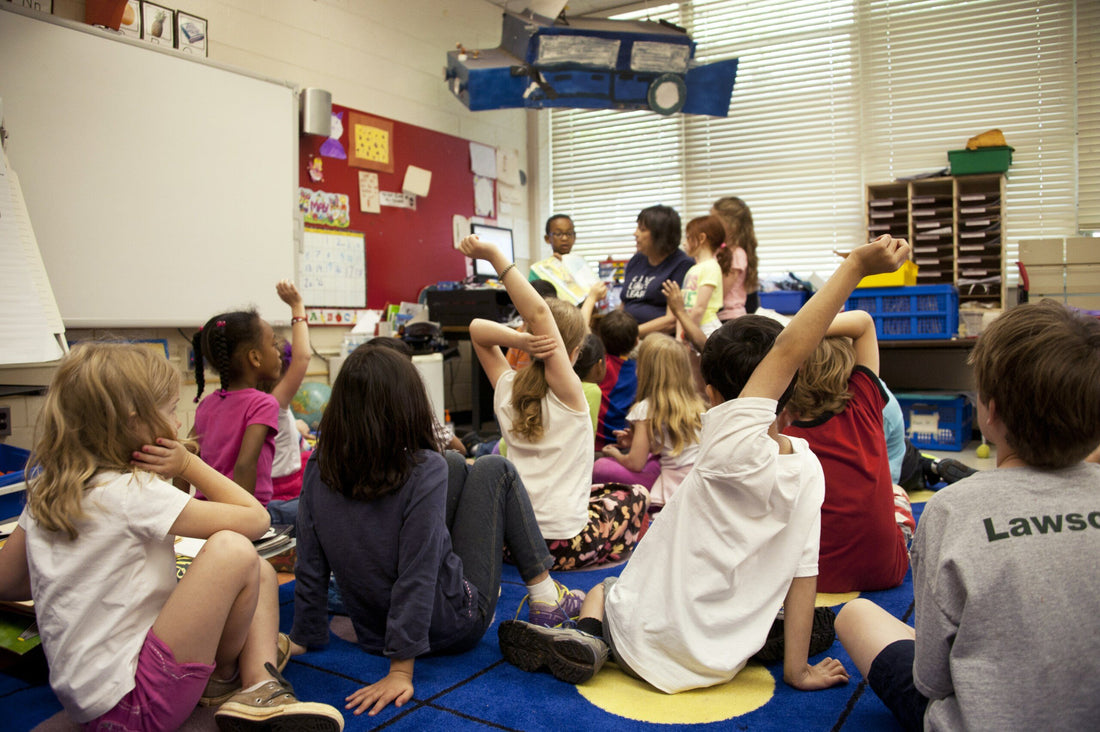
Gamification in Education: Unlocking the Power of Play
Share
Did you know that around 97% of American adolescents play video games at least once a week, and approximately half play daily? That’s almost every single teen in the country.
It’s no secret that kids (and adults alike) enjoy playing, and this love of gaming has become a driving force behind the concept of gamification in education.
Educators find that students become more engaged, motivated, and ultimately more successful when they incorporate game elements into their teaching.
In this article, let’s explore the power of gamification in education and how it can unlock the full potential of play to enhance learning outcomes. Whether you’re a teacher, a parent, or just interested in the future of education, you won’t want to miss this deep dive.
What is Gamification in Education?
Without a doubt, playing games is enjoyable. This not-so-secret discovery has led teachers to incorporate games for education, also known as “gamification.”
Gamification in education is a teaching strategy that uses game-like elements and mechanics in the learning process.
This can help make learning more interactive and engaging, leading to better interpersonal communication, academic performance, and long-term knowledge retention. For example, children’s listening skills can be improved through role-playing and audio-related narrative activities while still being a relevant learning experience.
The theory around gamification in education suggests that students learn more effectively when having fun – also known as joyful education. This is further reinforced when they have specific goals, targets, and rewards to strive towards, all within an enjoyable framework.
Given the addictive nature of video games that appeal to both kids and adults, it’s no surprise that similar levels of engagement can be achieved by incorporating game-like elements into educational content.
How Does Gamification Differ from Game-Based Learning?
While game-based learning and gamification involve game elements in education, they differ in some fundamental ways.
Game-based learning involves using actual games as the primary mode of instruction. In this approach, students play games explicitly designed to teach a particular concept or skill.
Most of these games are purchased commercially and played in class, such as board games or video games for computers or consoles.
Gamification, on the other hand, involves incorporating game elements into the learning process. For example, an online learning platform may use badges or point systems to reward students for completing tasks or achieving specific learning objectives.
Customer Favorites From Our Store
The goal of gamification is to make the learning experience more engaging and interactive while motivating students to stay on task and continue learning.
Examples of Gamification
Are you tired of seeing your students zone out during class, struggling to stay focused and engaged? Educators know that keeping kids motivated and interested in learning is a challenge. That’s where gamification comes in, and these strategies aim to motivate learners and make learning more enjoyable and interactive.
Here are some examples of game-like elements to include in your learning.
- Badges: Students can earn digital badges for completing tasks or achieving specific learning goals. This can be a fun way to build self-confidence and recognize student achievements.
- Points and Leaderboards: Students can earn points for completing tasks or answering questions correctly. Leaderboards can display the scores of the top-performing students, providing a competitive element to the learning process.
- Quests or Missions: Teachers can create quests or missions that students must complete to progress through their lessons. These can be a series of challenges or tasks that students must meet to earn rewards.
- Role-playing: Teachers can incorporate role-playing activities into the classroom to engage students and make learning fun. For example, students can take on different roles and work together to solve problems or complete tasks.
- Gamified Assessments: Teachers can create quizzes and tests incorporating game elements, such as points, levels, or rewards. This can make tests more engaging and less intimidating for students.
Gamification can be a powerful tool for educators to motivate and engage students in the classroom. Including game elements in your lessons can make them a more interactive and rewarding learning experience that encourages students to take ownership of their learning.
Best Practices to Implement Gamification in the Classroom
Implementing any new kid learning style means planning ahead and adapting to their unique needs – gamification is no different. There’s no surefire way to do it, but these best practices should help.
Here are some tips on how to use gamification successfully in the classroom.
- Define clear learning objectives: Before incorporating game elements into your lesson plan, define clear learning objectives that align with your curriculum. This will ensure that the game elements support and enhance the learning process rather than distract from it.
- Start small: Begin by introducing simple game elements, such as point systems or badges, and gradually build up to more complex activities. By doing this, students can get used to this learning style and understand how it relates to their learning.
- Provide feedback: Feedback is an essential component of gamification. Ensure students receive meaningful feedback on their progress and performance and use this information to guide their learning.
- Adapt to student interests: To maximize engagement, tailor your game elements to your students’ interests and preferences. Learning will be more effective this way.
- Balance competition and collaboration: While competition can be a motivator, balance it with opportunities for collaboration and teamwork. This will promote a positive classroom environment and encourage students to support one another.
Gamified learning environments can be engaging, motivating, and effective when implemented successfully.
Wrapping Up
Gamification can potentially transform how we approach education by making learning more engaging, interactive, and effective.
By incorporating game elements into the classroom, educators can tap into the motivational power of games and create a fun, immersive learning experience for students.
Check out our ThinkPsych blog for more expert-backed advice and guides.
With expertise in social and emotional learning, our company also offers products that support any teaching style to help children develop emotionally healthy behaviors, such as language learning, social emotional learning, and social skills. Focus on your child’s emotional health by checking out these resources as well.
Sources:
- Teens, Video Games and Civics: https://www.pewresearch.org/internet/2008/09/16/teens-video-games-and-civics/
- The Neuroscience of Joyful Education: https://www.researchgate.net/publication/239587483_The_Neuroscience_of_Joyful_Education
